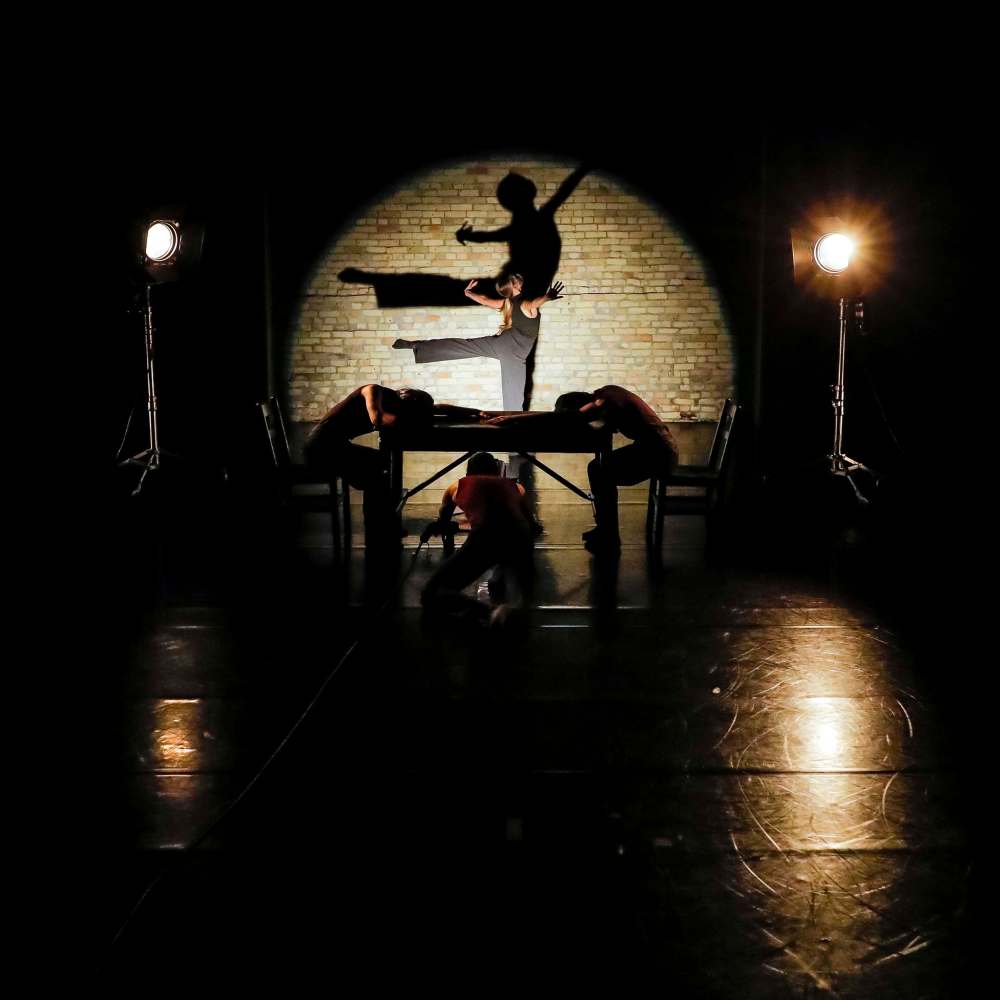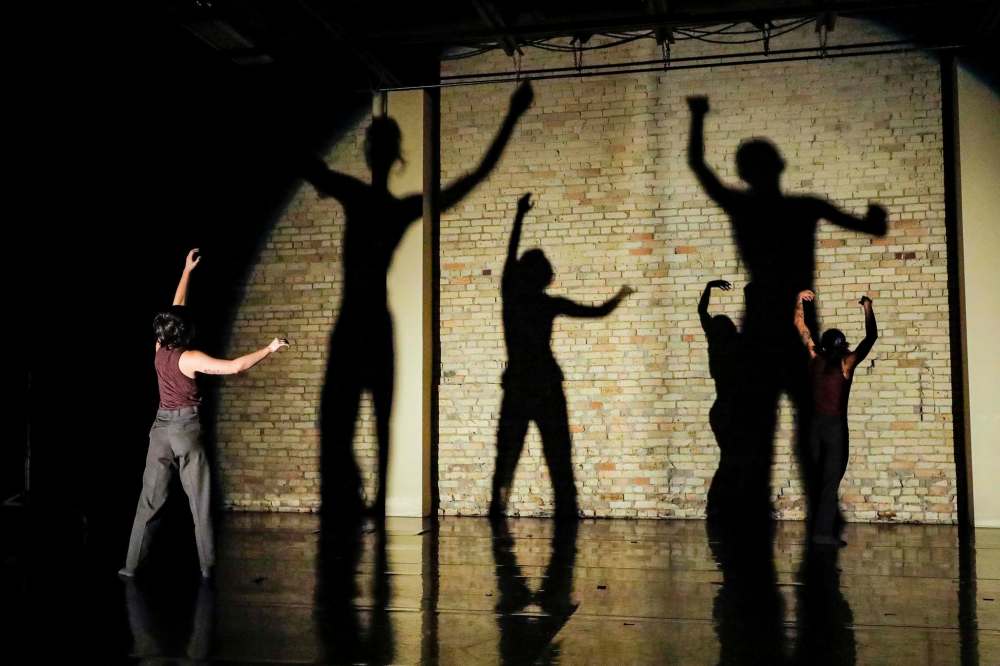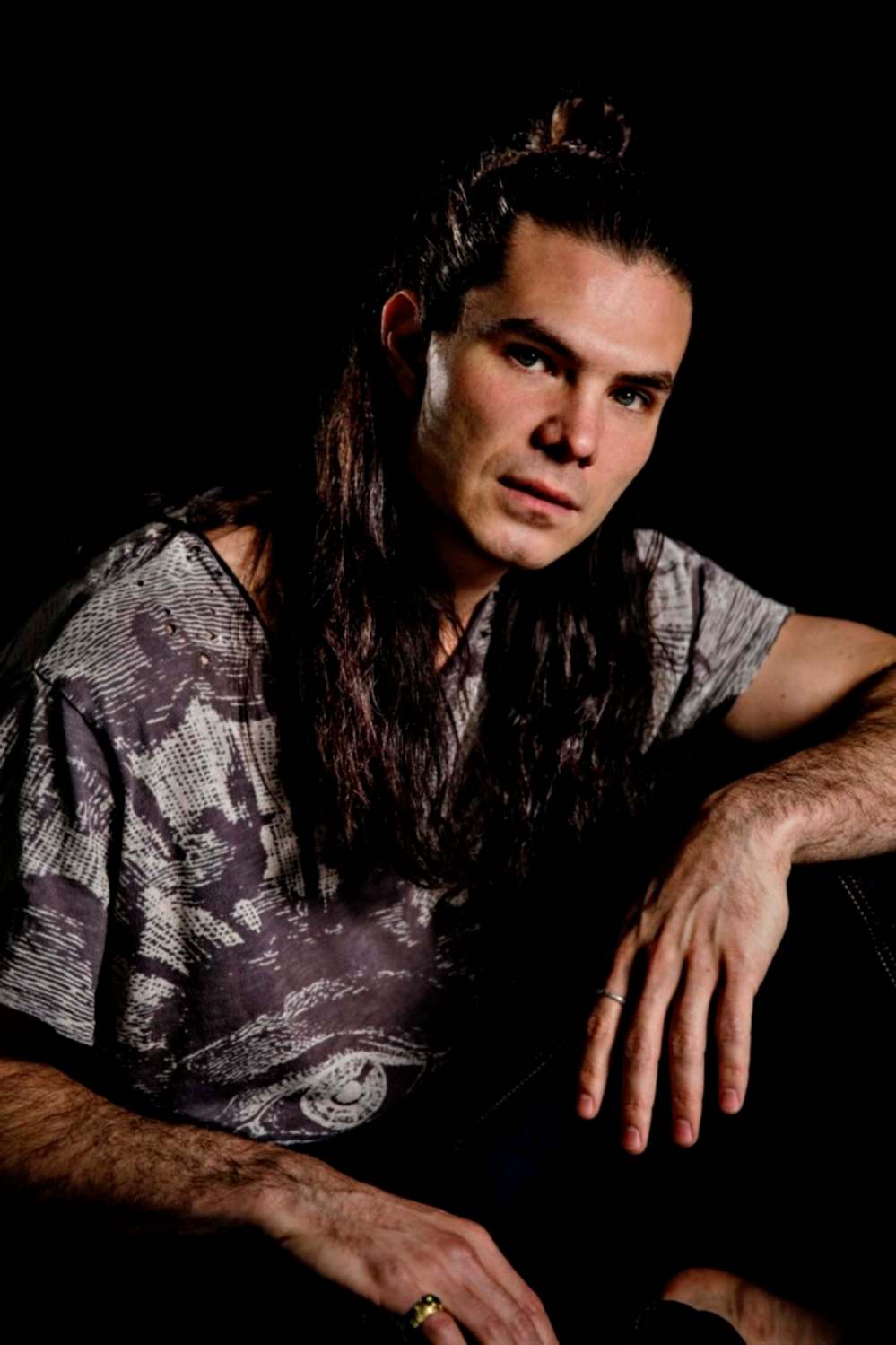A light touch
Choreographer had to begin again when Winnipeg's code-red restrictions put distance between his dancers
Advertisement
Read this article for free:
or
Already have an account? Log in here »
To continue reading, please subscribe:
Monthly Digital Subscription
$1 per week for 24 weeks*
- Enjoy unlimited reading on winnipegfreepress.com
- Read the E-Edition, our digital replica newspaper
- Access News Break, our award-winning app
- Play interactive puzzles
*Billed as $4.00 plus GST every four weeks. After 24 weeks, price increases to the regular rate of $19.00 plus GST every four weeks. Offer available to new and qualified returning subscribers only. Cancel any time.
Monthly Digital Subscription
$4.75/week*
- Enjoy unlimited reading on winnipegfreepress.com
- Read the E-Edition, our digital replica newspaper
- Access News Break, our award-winning app
- Play interactive puzzles
*Billed as $19 plus GST every four weeks. Cancel any time.
To continue reading, please subscribe:
Add Winnipeg Free Press access to your Brandon Sun subscription for only
$1 for the first 4 weeks*
*$1 will be added to your next bill. After your 4 weeks access is complete your rate will increase by $0.00 a X percent off the regular rate.
Read unlimited articles for free today:
or
Already have an account? Log in here »
Hey there, time traveller!
This article was published 19/01/2021 (1715 days ago), so information in it may no longer be current.
Human beings can’t touch right now, but their shadows can. That realization was a literal light-bulb moment for dancer and choreographer Jera Wolfe, who was in town last fall working on an original piece for Winnipeg’s Contemporary Dancers.
“I’ve always enjoyed physical human touch… two people connecting and moving together, it’s really big and always present in my works,” he says over the phone from his home in Toronto. “But when I came (to Winnipeg) and I found out that was no longer a possibility, I realized, ‘OK, I gotta figure out a way to show connection through social-distance times.’”
Wolfe arrived in Winnipeg just as code-red restrictions were coming into effect. He spent two weeks in quarantine, putting the final touches on the music and the concept for the performance, called Begin Again, before joining the dancers in studio, where physical touch eluded him.

The cast, made up of locals Carol-Ann Bohrn, Allison Brooks, Mark Dela Cruz and Kira Hofmann, had to stay two metres apart and props had to be disinfected between use.
“Then I was like, ‘Oh, my goodness, if you use lighting, you could create shadows… and the shadows could touch,’” Wolfe says. “It was honestly a really beautiful moment of creativity.”
He collaborated with lighting designer Hugh Conacher to create a simple set that would translate well to video. In the final product, the light stands and lens flares take on a personality of their own while the dancers move through and with the beams of light.
Begin Again is about changing habits, letting go of the past and starting over, recurring themes in Wolfe’s life that felt particularly relevant during the pandemic.
“We’re all learning how to start over in this new and very unpredictable world right now,” he says. “We’ve all been given the opportunity to reflect and the time we need to kind of look inward instead of outward, and try to not end up in the same cycles of our lives that we’ve always been in.”
The pre-recorded performance is 15 minutes long and debuts online on Friday. Working with local videographer Landon Lake, Wolfe wanted to make sure the video captured the experience of watching dance in person.
“It’s kind of nice to see something that looks like it was live or it could be live, even though, obviously, we did multiple takes and different camera angles,” Wolfe says. “Also with a camera, you can get really close; you can see people’s skin and their sweat and their chest moving as they breathe — it’s a little bit more intimate.”

This is Wolfe’s first commissioned piece for Winnipeg’s Contemporary Dancers, but it’s far from his first time in the city.
Born in Toronto, he bounced around the country with his family before settling in Kelowna, B.C. He started breakdancing in school and joined a local studio, where he was introduced to hip hop, jazz and ballet. The latter became Wolfe’s focus after a month-long summer dance program.
“There were a lot of other men I was seeing in ballet,” he says. “And I liked the structure of the class.”
Wolfe, 30, got into the Royal Winnipeg Ballet School and spent his late teens living in Winnipeg. He developed strong relationships within the local dance community and has created several original pieces for the ballet and the School of Contemporary Dancers.
Five years ago, he shifted into choreography following an Indigenous dance residency at the Banff Centre for Arts and Creativity. Wolfe is Métis, but grew up outside the community, largely unaware of his heritage.
“I was in my early teens when my grandfather was actually reclaiming his heritage — his mother was Métis and she denied it,” he says. “I could see how proud he was when he talked about it… and it was something he wasn’t allowed to talk about as a kid growing up.”
He is an associate artist with Red Sky Performance and has presented work around the world with the Indigenous contemporary dance company, including at the Venice Biennale, one of the most highly regarded curated art events in the world. The experience has introduced him to other Indigenous artists and helped him better understand his own roots.

“It’s become more and more important for me to connect to my heritage, especially because I’m getting opportunities because of it,” Wolfe says. “There are a lot of incredible Indigenous artists working in Canada, and all over the world right now, who really deserve a voice… as Indigenous, I feel like I want to make sure that people know who I am and where I came from.”
eva.wasney@freepress.mb.ca
Twitter: @evawasney

Eva Wasney has been a reporter with the Free Press Arts & Life department since 2019. Read more about Eva.
Every piece of reporting Eva produces is reviewed by an editing team before it is posted online or published in print — part of the Free Press‘s tradition, since 1872, of producing reliable independent journalism. Read more about Free Press’s history and mandate, and learn how our newsroom operates.
Our newsroom depends on a growing audience of readers to power our journalism. If you are not a paid reader, please consider becoming a subscriber.
Our newsroom depends on its audience of readers to power our journalism. Thank you for your support.


